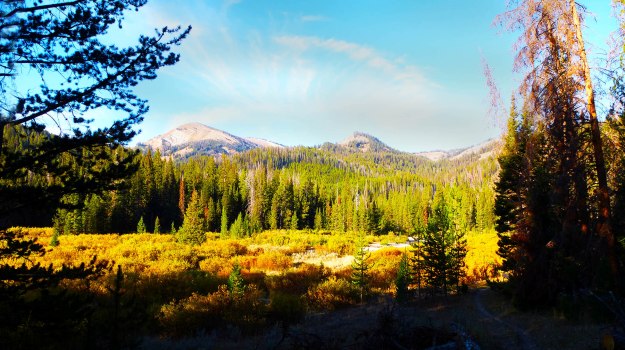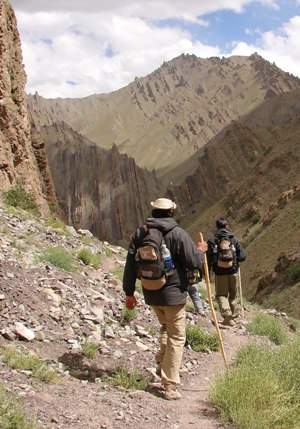
Secrets to Hunting Deer on Public Lands with Mossy Oak Pro David Welch
Editor’s Note: Forty-seven-year-old David Welch of Woodland, California, is a wilderness hunter, who has worn Mossy Oak exclusively for the last 5 years and is one of the first original Mossy Oak Pro Staff members. Although Welch hunts public lands, he sees and takes more game than the average public-land hunter.
Because of the internet and the different hunting forms, learning about public-land hunting now is much easier than it was in the past. We have better equipment today than ever before, and since the equipment is so light, we can get farther back in the wilderness with less effort. Most people don’t like to hunt public lands due to the high hunting pressure. However, there’s a new world for the hunter out there in the wilderness, if you’ll go farther, stay longer and hunt harder.
I like to hunt areas with no vehicle access. Most people who hunt public lands won’t get more than 1/2-mile from the nearest road, but I don’t start hunting until I’ve packed in 5 to 7 miles from the closest access road. When I’m packing in, packing out and hunting, I wear Mossy Oak Brush camo. I want to be as invisible as I can be from the time I leave my vehicle until I return. I’m often asked how I get my animals out from that far back in the wilderness. I just bone the meat and pack-out the antlers and the boned-out meat. In California, you don’t have to bring out proof of sex.
 I also am asked about my equipment. I typically hunt for 7 to 10 days, so I carry my 1.14-ounce Seek Outside tent that comes from a company located in Colorado that makes tipis, tarps and tents with bottomless floors. I carry a 20-ounce sleeping bag and a 19-ounce pad to go under it. I also carry in a small stove and about a pound of dehydrated food per day. I use a Kifaru internal-frame pack. My pack with all my gear weighs about 40 pounds. If I have a successful hunt, am by myself and have to carry out all the meat, my pack can weigh close to 100 pounds. Carrying that much weight in my pack, I usually can reach where my vehicle is parked in 3 to 4 hours. Most of the time, I hunt with a partner.
I also am asked about my equipment. I typically hunt for 7 to 10 days, so I carry my 1.14-ounce Seek Outside tent that comes from a company located in Colorado that makes tipis, tarps and tents with bottomless floors. I carry a 20-ounce sleeping bag and a 19-ounce pad to go under it. I also carry in a small stove and about a pound of dehydrated food per day. I use a Kifaru internal-frame pack. My pack with all my gear weighs about 40 pounds. If I have a successful hunt, am by myself and have to carry out all the meat, my pack can weigh close to 100 pounds. Carrying that much weight in my pack, I usually can reach where my vehicle is parked in 3 to 4 hours. Most of the time, I hunt with a partner.
In the past, I’ve navigated with just a map and a compass, but this year I’ve started using a hand-held GPS receiver. The GPS is much-more convenient than taking out a map and a compass while hiking. Too, Google Earth has become my best friend. With the maps and aerial photos I can get from Google Earth, Flash Earth or other mapping sites, I can get a pretty good idea of where to find deer and elk even before I leave home.
Most of the time, I hunt areas I’ve hunted previously. If I want to go into a new area, I scout the area before I decide to hunt it. I like to backpack, and I usually will make two or three trips in the summer months into a new area before I plan to hunt it during the fall. In the morning, before the hunt, I eat oatmeal or an energy bar. For lunch, I’ll have jerky, cheese, an energy bar and some type of candy bar or sweets. For dinner, I may eat a Mountain House dehydrated meal, but this year I’ve started making my own dehydrated meals. At home, when I cook venison pasta, venison roast or a pork soup or stew, I usually have leftovers. I put that leftover food in my dehydrator, then vacuum-pack the leftovers and seal them up. I feel I get a much-healthier meal by creating my own dehydrated meals than by buying pre-prepared dehydrated meals, and I know I find more and better deer farther from roads and other hunters.
Tomorrow: Mossy Oak’s David Welch Takes Pork Chops on the Hoof



























